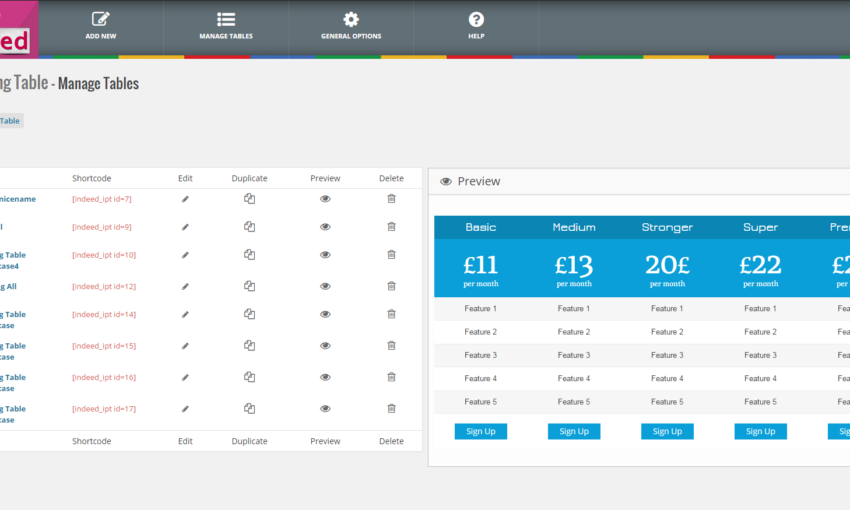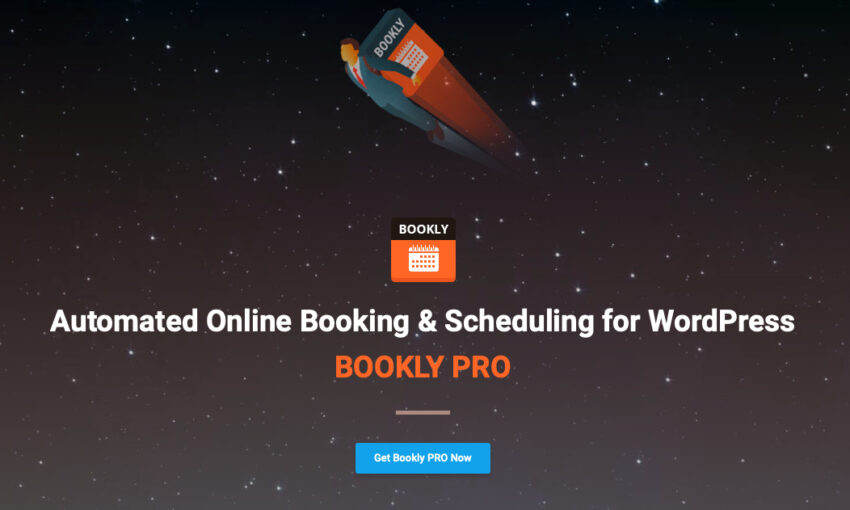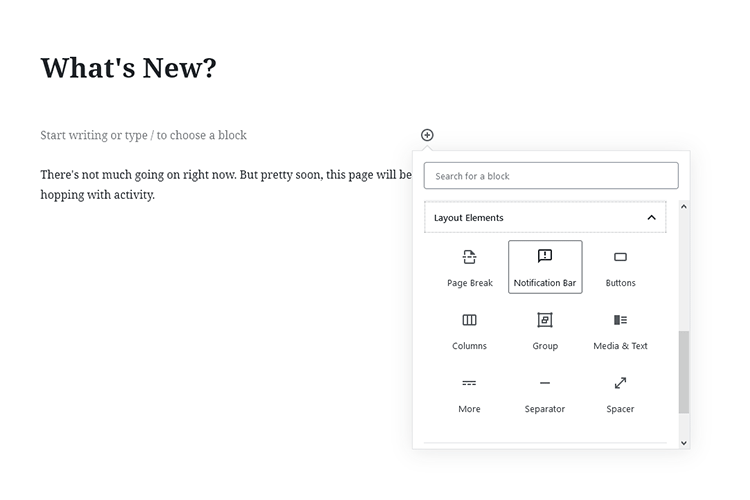One of the biggest benefits of using WordPress is that you have access to tens of thousands of plugins – including a ton of free options. Plugins enable us to add complicated features such as eCommerce, forms or even a full-blown knowledgebase with just a few clicks.
But you may find yourself in situations where an existing plugin isn’t necessarily the best solution. In fact, if you have some basic web development skills (including HTML, CSS and some rudimentary knowledge of PHP and JavaScript), you may be able to build something yourself that is a better fit.
Today, we’ll take a look at some situations where it may be wise to forgo the use of a plugin to perform a specific task. But note that this isn’t meant to be a tutorial on how to build any specific feature. Rather, it’s more of an invitation to challenge the way we tend to think about WordPress development.
Situation #1: It’s Already Built into WordPress
During my earliest days in working with WordPress, I wanted to install a plugin for everything. But as I grew more comfortable with how the software worked and the process of customizing themes, I found that I had been using plugins for some of the most basic tasks – things I could take care of myself.
Take, for instance, adding a list of blog posts to a page. Beyond using a plugin, there are multiple ways to approach the task. If your WordPress theme uses Widgets, the included Recent Posts widget could do the job. Or, you may want to build a custom query right into the template, allowing you to fully manage the look and functionality.
WordPress has so many features already built in, but they often fly under the radar of even experienced developers. The argument can be made that that’s a big reason why certain plugins exist. They do things that many people don’t know about and add a layer of convenience to sweeten the deal.
But something that can be done rather easily within a theme or through building your own custom plugin puts you in control. You don’t have to worry about applying updates and aren’t left hanging if the author decides to, ahem, pull the plug on the project. Plus, you can build these types of features without the bloat that may come with a pre-built plugin.

Situation #2: You Have to Hack Your Way Around a Plugin
Have you ever found the “perfect” plugin for a specific need and then found yourself repeatedly saying “if only”’? As in, “If only it would do this, that and the other”. This is a common problem and in no way the fault of the plugin’s developer.
Everyone has a unique wish list when it comes to their website. No plugin could (or should) anticipate every possible use case and the billions of nuances that come along with them.
I find that a client will just about always ask me to make a plugin do at least one thing that isn’t on the feature list. Sometimes, as is the case with WooCommerce, there are enough hooks built in that things can be customized well enough. Woo may be the rare exception, though, as it’s not always such a straightforward process with other plugins.
Indeed, there are times when it seems like you might have to reverse engineer a plugin in order to make it fit your specific needs. The more drastic changes you make, the more opportunity there is for something to break down the road. In these cases, you might actually be better off building something yourself or hiring someone to do it for you.

Situation #3: You Don’t Want to Rely on Anyone Else
Here’s a situation that’s probably more about philosophy than functionality. When you’re building a website that has a very important core functionality (eCommerce, memberships, etc.), it can be difficult to cede control of that to a third party.
This is especially problematic when something breaks. You might have to deal with technical support that, in your view, takes way too long to respond and help to solve your problem. Meanwhile, your site’s either unusable or at least hindered in its ability to work properly.
The catch is that, to avoid using existing plugins, you’ll need either great development skills, a big budget or both at your disposal. Needless to say, this leaves a lot of people out of the equation. But if you do have the wherewithal to do things this way, it will keep you in the driver’s seat in terms of your website’s core functions.

When Plugins Are Optional
It’s often so tempting to quickly install a WordPress plugin and consider the job well-done. But it’s important to think about each and every addition we make to a website. When choosing a path to achieving a certain feature or function, we should ask ourselves the following:
- Is this feature already a part of WordPress core?
- Is there a plugin out there that will do everything I need (or, at least get me 90% of the way there)?
- Am I comfortable relying on a third party to handle support?
- How will a plugin affect site performance and stability?
- Am I capable of building this myself?
Sometimes, the answer will point you in the direction of a plugin. But, the more you hone your development skills, the more likely it is that you’ll find at least some items that you can build yourself. That can be both highly satisfying and turn out to be the best thing for your project, as well.
This post may contain affiliate links. See our disclosure about affiliate links here.



